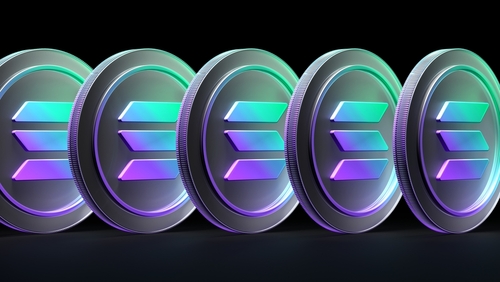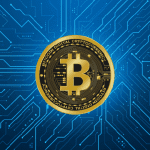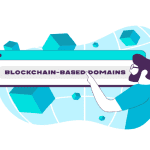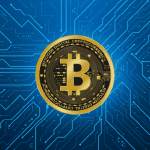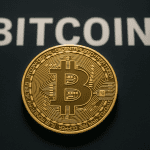The blockchain ecosystem around Solana (SOL) is facing a potentially pivotal moment as nearly 80 % of its circulating supply is now held at a loss. According to data from Glassnode, about 79.6 % of SOL tokens are underwater, meaning they were acquired at higher prices than their current market value.
This “top-heavy” situation creates a looming overhang of potential selling pressure, since many holders may feel compelled to exit once they recover cost or decide they can’t wait any longer.
At the same time, Solana’s network has not been idle. Institutional interest is building: its recent spot-ETF launch has led to roughly US $510 million in inflows and a total net assets tally of about US $719 million.
The paradox is that while institutional accumulation is rising, the price continues to suffer a major drawdown around a 32 % drop in the past month.
This suggests that while new capital is entering via ETFs, legacy holders and node validators may be offloading, resulting in a liquidity mismatch: the supply of tokens available for sale is compressing, but pressure remains high.
To address this imbalance and shift the narrative, Solana’s network contributors have put forward a formal governance proposal, designated SIMD‑0411, on November 21.
This proposal does not fundamentally change how the network operates, but instead tweaks its monetary policy — essentially turning down the issuance tap more sharply. Under current rules, Solana’s inflation drops by about 15 % annually. Under the new plan, the same target would be reached faster an effective disinflation of -30 % per year so that the terminal inflation floor of 1.5 % is reached by early 2029 instead of 2032.
From an economic modelling perspective, this change is meaningful. Under the new schedule, cumulative new issuance over the next six years would be cut by approximately 22.3 million SOL equating to nearly US $2.9 billion in potential sell-pressure removed at current market levels.
The total projected token supply at the end of that window would be about 699.2 million SOL, compared with 721.5 million under the existing schedule.
Another dimension of the proposal relates to staking rewards. Currently, staking yields on Solana hover around 6.41 %.
But the new plan would compress these yields substantially: to about 5.04 % in year one, 3.48 % in year two, and 2.42 % by year three.
The strategy here is that by lowering passive staking returns, the network encourages more capital to leave passivity (validators) and move into active use cases like lending, liquidity provision or decentralized finance. This increased “velocity” is expected to boost on-chain economic activity.
Analysts reviewing this proposal have outlined three broad scenarios for how the market may respond. In the “bear case,” demand remains flat and the supply cut simply slows down the rate of new tokens entering circulation a kind of stabilization but no major price jump, especially given how many holders are underwater.
In the “base case,” modest demand growth coupled with reduced supply creates a tighter market float, which historically supports upward price pressure.
In the “bull case,” if network usage surges for example through decentralized exchanges or derivatives volumes — the deflationary mechanism could kick in: issuance drops low enough that a high activity network might burn more tokens than it issues, making SOL operationally deflationary.
But the plan carries its risks. One of the main concerns is validator economics. Cutting inflation means less reward income for validators, which could weaken network security or participation unless the costs of running a validator (via vote fees) also drop in line. In Solana’s case, this is addressed by the upcoming Alpenglow consensus upgrade, which aims to reduce voting-related costs for validators. The proposal assumes a rollout lag of about six months a period during which network performance and validator incentives will be under scrutiny.
In summary, Solana finds itself at a crossroads. With a large portion of its token supply deeply underwater and a mismatch between institutional inflows and legacy selling, the network’s governance is taking proactive steps to change the economics of supply. By accelerating disinflation and compressing staking yields, the proposal aims to shift Solana from a high-emission, liquidity-heavy model to one of scarcity and active usage. Execution risks remain validator stability, demand growth and network activity all need to align but if they do, the landscape could tilt toward tighter supply, stronger use case driven value, and potentially a re-rating of SOL’s role in the crypto ecosystem.Investors and observers will be watching whether the “digest” phase turns into a “rebound” phase, or whether a more protracted correction awaits.


